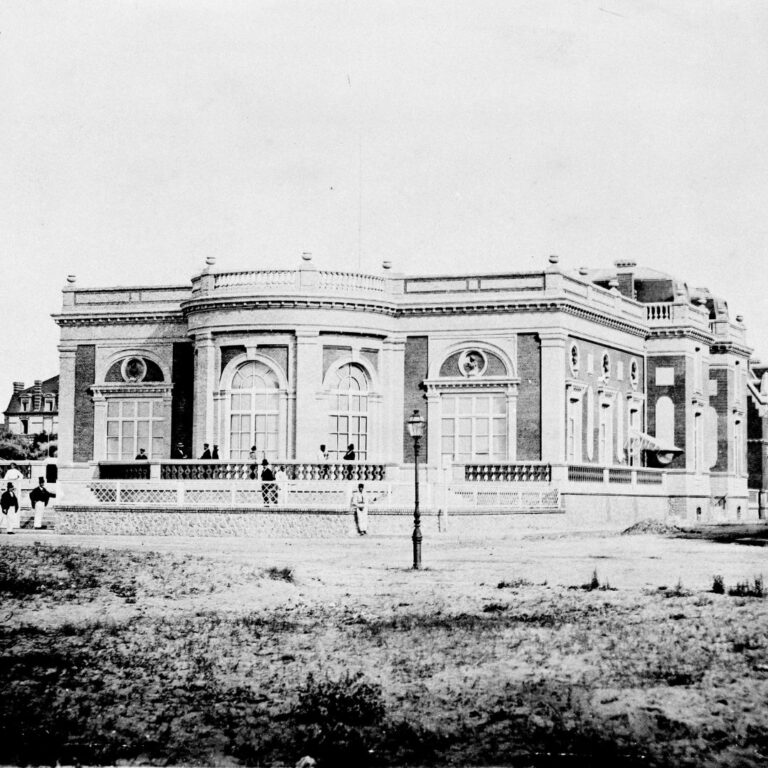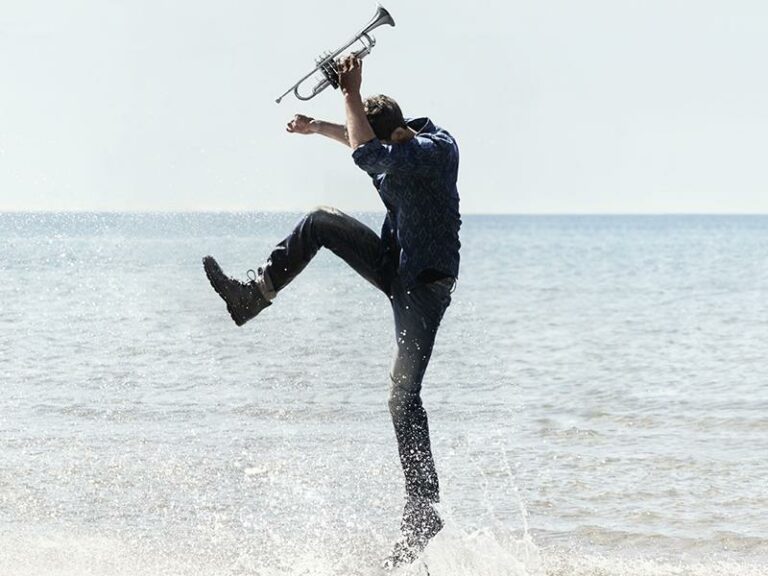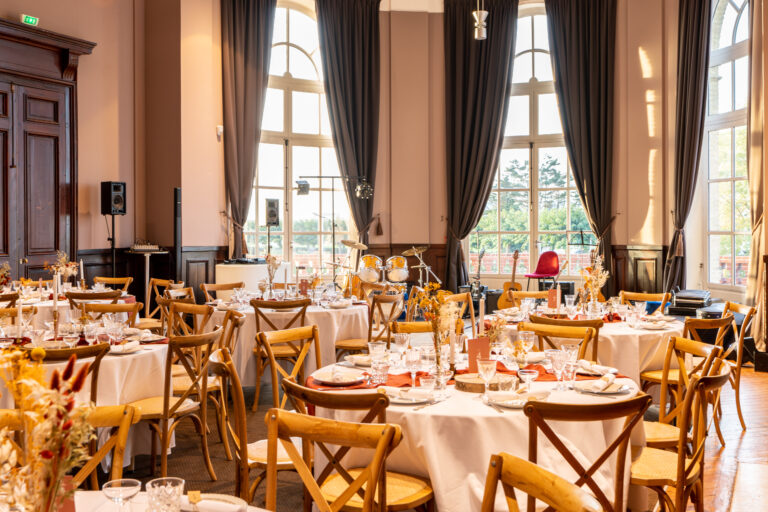The Circle: a group of horse-loving aristocrats
To find out why Villa le Cercle is called that, it is interesting to go back in history.
Le Cercle was founded in 1873 by a group of sportsmen who wished to have a meeting place and reception hall in Deauville with all the amenities they were used to in their Parisian circles.
The members of the Circle brought together artistocrats who owned racing stables led by the founding committee of prestigious personalities of the time : viscount O. Aguado, G. Brinquant, G. Delahante, Count Delamarre, L. Delatre, Count H. Grezulhe, Count HalleK-Claparede, Count Hocquart du Turtot, Marquis de Saint-Sauveur and Baron de Soubeyran. The first president of the Circle, Viscount Paul Daru died in 1877 and was succeeded by the following presidents: Count Hocquart du Turtot (from 1878 to 1885), the Duke of Castrie (in 1886), Count Florian de Uergolay (from 1887 to 1910) and Count Le Marois.
The circle promoted sports such as golf and pigeon shooting, as well as entries to golf and polo tournaments. The members met at the Casino de Deauville.
In 1876, this group acquired the building designed by Desle François Breney and the contractor Reugnet, which became the Villa Le Cercle de Deauville.
The Villa le Cercle de Deauville during the Second World War
Originally, the grounds of the Cercle extended from Eugène Cornuché Boulevard to Avenue du Général Leclerc. During the interwar period, its south-eastern part was sold and built upon. During the Second World War, the Cercle was requisitioned by the German army, which stripped it of all its furniture. It was also at this time that the pots crowning the attic floor of the main building disappeared.
The Villa le Cercle: one of the oldest buildings in Deauville
Le Cercle is one of the oldest buildings in the resort of Deauville. This exceptional villa brings together several buildings in an enclosed garden: the Cercle itself, the former Salle du Jeu de Paume (built in brick, now partially destroyed) and a pavilion on Rue Le Marois that housed the offices of the Pari Mutuel in the 1910s. The latter, on the first floor over a basement, is made of limestone and brick covered with a cement coating. The roof is covered with slate. This building is inspired by English Tudor style architecture. The building is symmetrical in plan and consists of a first floor over a basement and an attic floor. The attic floor, crowned by a sideboard adorned with tables and balusters with a curved quarter-round belly, conceals a long-sloped roof covered in zinc and slate, giving the illusion of a roof terrace. The two-colored brick, the structural material, is used to decorate the elevations. A raised terrace runs along the entire first floor of the main northwest elevation.
Its original brick railing has been replaced by stone balusters in the neo-classical style. Orderly, the main facade is animated by a rotunda porch pierced by large arched bays flanked by pilasters. On each side of the rotunda, the rectangular bays are enhanced by an arched pediment decorated with a niche housing a terracotta bust of a woman.



THE VILLA LE CERCLE DEAUVILLE: A PRESTIGIOUS RECEPTION VENUE FOR CORPORATE EVENTS
In 2006, the City of Deauville entrusted the Centre International de Deauville with the operation of the Villa le Cercle de Deauville. Since then, it has hosted many prestigious events and has been the meeting place for many famous personalities. The villa has been carefully restored to preserve its historic charm while offering modern facilities for corporate events and Deauville American Film Festival parties.
THE VILLA LE CERCLE DEAUVILLE ALSO WELCOMES PRIVATE EVENTS!
Over the years, La Villa Le Cercle has witnessed many weddings, family reunions, receptions and other special events. Guests are always amazed by the villa’s luxurious and peaceful atmosphere, as well as its ideal location within walking distance of Deauville’s beach and shops. They can enjoy the history and tradition of the villa while celebrating their important events in a luxurious and modern environment.
In short, La Villa Le Cercle is a prestigious event venue in Deauville, with a rich history and tradition of hosting events!
Notes : Who is the architect of the Villa Le Cercle de Deauville?
Desle François Breney, originally from Haute Saône, studied architecture at the Ecole Nationale Supérieure des Beaux-Arts in Paris. He entered the school in 1826 and graduated in 1829 and was a student of Baron Haussmann.
François Breney began his career in Paris, then after his marriage, the Breney couple came to live in Trouville-sur-Mer in 1844. During the period when he lived in Trouville sur Mer, he became the deputy mayor of the Count of Hautpoul in 1849 and then in 1855 he became the author of the plans for the new town of Deauville in 1860 with the Baron Clary. It is with the Duke of Morny that he designed the trapezoid and the alignments of the main villa of the seaside resort. In 1861, he moved into his villa in Deauville and became the first mayor of the new seaside resort. His term as mayor began on November 23, 1861 and ended in 1876.
Francois Breney Desle was appointed Knight of the Legion of Honor as architect and Mayor of Deauville (Calvados) November 12, 1867. Desle Francois Breney died on July 17, 1891, at the age of 86 in Deauville. He will remain in the memory of the city of Deauville which will dedicate to him a street in the heart of its downtown, the street Breney connecting the port of the Place Morny
Sources: Basse-Normandie Region – General Heritage Inventory Department – Cultural Abbaye aux Dames – Place Reine Mathilde BP 523 – 14035 Caen Cedex


